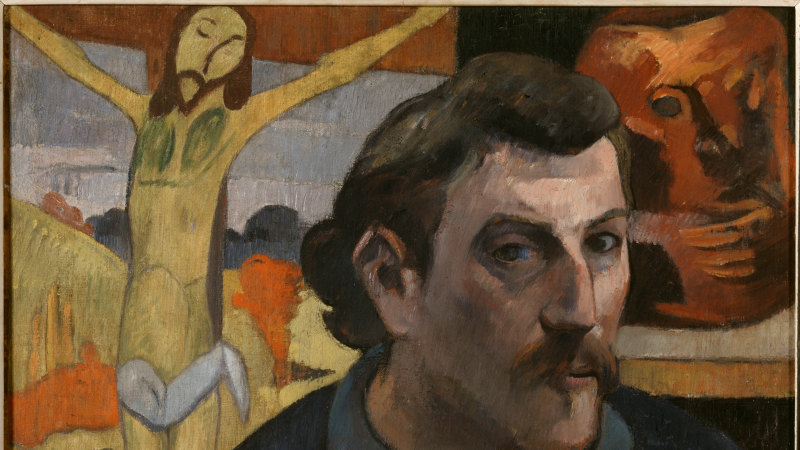Paul Gauguin was both master and monster. This was the view of the French writer Victor Segalen who arrived in the Marquesas to make an inventory of the late artist’s belongings. In the excellent catalogue for , at the National Gallery of Australia, two essayists remind us of Segalen’s verdict, which was no simple term of abuse.
Instead of calling Gauguin (1848-1903) a “monster”, today we might say he was a “freak”, or a defiantly unorthodox character who stood out from every crowd. No other great artist has such a chequered reputation, not even Picasso, whose every move has been scrutinised by hostile biographers. Those who knew Gauguin either revered or loathed him, although he was skilled at turning followers into enemies.

The Australian artist John Russell would refer to “that bounder, Gauguin”, and wonder why his friend Vincent van Gogh rated him so highly. Monet dismissed the artist as a clumsy amateur, but Degas, the most prickly of the impressionists, was a major collector of Gauguin’s work. Call it charisma, presence or personal magnetism, Gauguin had it in abundance.
He brazenly identified with Jesus Christ in his self-portraits, and many of his friends might more accurately be called apostles, until at least, like Émile Bernard or Charles Laval, they fell out. In his writings, Gauguin worked hard at creating an image of himself as a “savage”, a man outside a corrupt, bourgeois society who felt nothing but contempt for its norms. It may sound.























